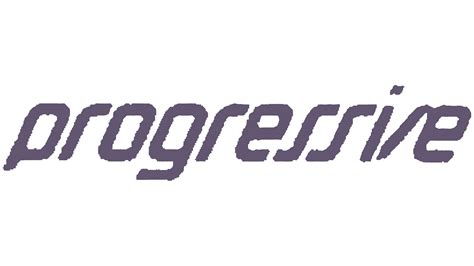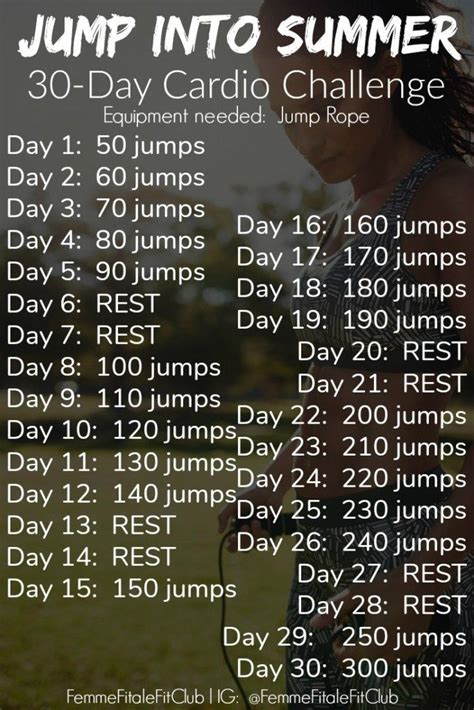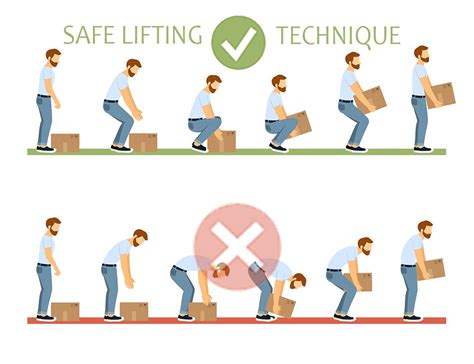Unlock peak performance: how to break strength plateaus for muscle growth?

Every dedicated lifter encounters them: those frustrating periods where your progress grinds to a halt, no matter how hard you push. These are strength plateaus, a natural part of any long-term training journey. While they can be demotivating, they are also an indicator that your body has adapted to its current stimuli. Breaking through them isn’t about working harder, but often about working smarter. This article will equip you with a comprehensive guide to identify, understand, and shatter those plateaus, paving the way for continued muscle growth and peak performance.
Understanding the Plateau: Why Progress Stalls
Your body is an incredible machine designed for adaptation. When you consistently expose it to a new stressor, like lifting weights, it responds by getting stronger and building muscle to better handle that stress. However, once it adapts, the same old routine no longer presents enough challenge, and your progress stagnates. Common culprits for plateaus include:
- Overtraining and Under-recovery: Pushing too hard without adequate rest can lead to central nervous system fatigue and prevent muscle repair.
- Program Staleness: Repeating the same exercises, sets, and reps for too long.
- Inadequate Nutrition: Not consuming enough calories, protein, or essential nutrients to support recovery and growth.
- Poor Form: Using momentum instead of muscle, limiting the effective stimulus.
- Mental Fatigue: Lack of motivation or focus impacting workout intensity.
Key Strategies to Shatter Your Strength Ceiling
1. Advanced Progressive Overload Techniques
Progressive overload is the fundamental principle of muscle growth, meaning you must continuously challenge your muscles. Beyond simply adding weight, here are advanced methods:
- Increase Reps or Sets: If you can’t add weight, try to perform an extra rep or an additional set.
- Decrease Rest Time: Shorter rest periods increase the metabolic stress on your muscles.
- Improve Tempo: Control the eccentric (lowering) phase for 3-5 seconds to increase time under tension.
- Increase Frequency: Train a muscle group more often, ensuring adequate recovery.
- Manipulate Intensity Techniques: Incorporate drop sets, supersets, giant sets, or partial reps to push beyond failure.

2. Strategic Deloads and Recovery
Sometimes, the best way to move forward is to take a step back. A deload week (reducing volume and intensity by 40-60%) allows your central nervous system to recover, joints to heal, and muscles to supercompensate. Prioritize:
- Sleep: Aim for 7-9 hours of quality sleep per night.
- Stress Management: Chronic stress elevates cortisol, hindering recovery and muscle growth.
- Active Recovery: Light cardio, stretching, or foam rolling can aid blood flow and recovery.

3. Optimize Your Nutrition and Hydration
You can’t build a house without bricks, and you can’t build muscle without proper fuel. Ensure you are:
- In a Caloric Surplus: To gain muscle, you typically need to eat slightly more calories than you burn.
- Consuming Adequate Protein: Aim for 1.6-2.2 grams of protein per kilogram of body weight to support muscle repair and growth.
- Eating Complex Carbohydrates and Healthy Fats: These provide energy for workouts and support hormonal health.
- Staying Hydrated: Water is crucial for metabolic functions and performance.
4. Incorporate Variety and Accessory Work
While sticking to compound movements is key, introducing variety can challenge your muscles in new ways:
- Swap Exercises: Replace a barbell bench press with a dumbbell bench press, or a back squat with a front squat for a few weeks.
- Target Weak Links: Identify accessory exercises that strengthen muscles preventing your main lifts from progressing (e.g., triceps work for bench press, glute/hamstring work for squats).
- Unilateral Training: Incorporate single-limb exercises (e.g., lunges, single-arm rows) to address imbalances.

5. Refine Your Form and Technique
Poor form can limit your strength potential, increase injury risk, and reduce muscle activation. Focus on:
- Mind-Muscle Connection: Actively think about squeezing the target muscle during each rep.
- Video Yourself: Record your lifts to identify flaws and make corrections.
- Seek Coaching: A qualified coach can provide personalized feedback and cues.

6. Periodization and Program Switching
Cycling through different training phases (periodization) prevents adaptation and keeps your body guessing. Consider:
- Changing Rep Ranges: Alternate between strength phases (low reps, high weight) and hypertrophy phases (moderate reps, moderate weight).
- Program Swaps: After 8-12 weeks, consider switching to a completely different training program (e.g., from a linear progression to an undulating periodization model).

Conclusion: Consistency is Key
Breaking a strength plateau requires a combination of self-awareness, strategic adjustments, and relentless consistency. It’s a reminder that progress isn’t always linear, and setbacks are opportunities for learning and growth. Track your progress diligently, listen to your body, and don’t be afraid to experiment with these strategies. With patience and a smart approach, you will not only overcome your current plateau but also build a more resilient and powerful physique, unlocking new levels of peak performance and continued muscle growth.







